Cabbage is a member of the Brassica family of plants, which includes kale, broccoli, cauliflower, and Brussels sprouts. It has similar growing requirements to other brassicas. This includes the need for full sun, consistent watering, and well-draining soil. These needs are easy to meet in a raised bed! Not to mention that it is It is very rewarding to start cabbage from small seeds. either indoors or directly sown in your garden.
Cabbage may not be the most glamorous crop, but it holds its own in the kitchen. Homemade sauerkraut is a great gateway to the world of fermentation. Not to mention, there’s nothing that compares to a crunchy homegrown coleslaw. It’s also easy to pickle along with other vegetables like carrots and radishes. Enjoy these pickled vegetables as a crunchy taco topping.
Spacing
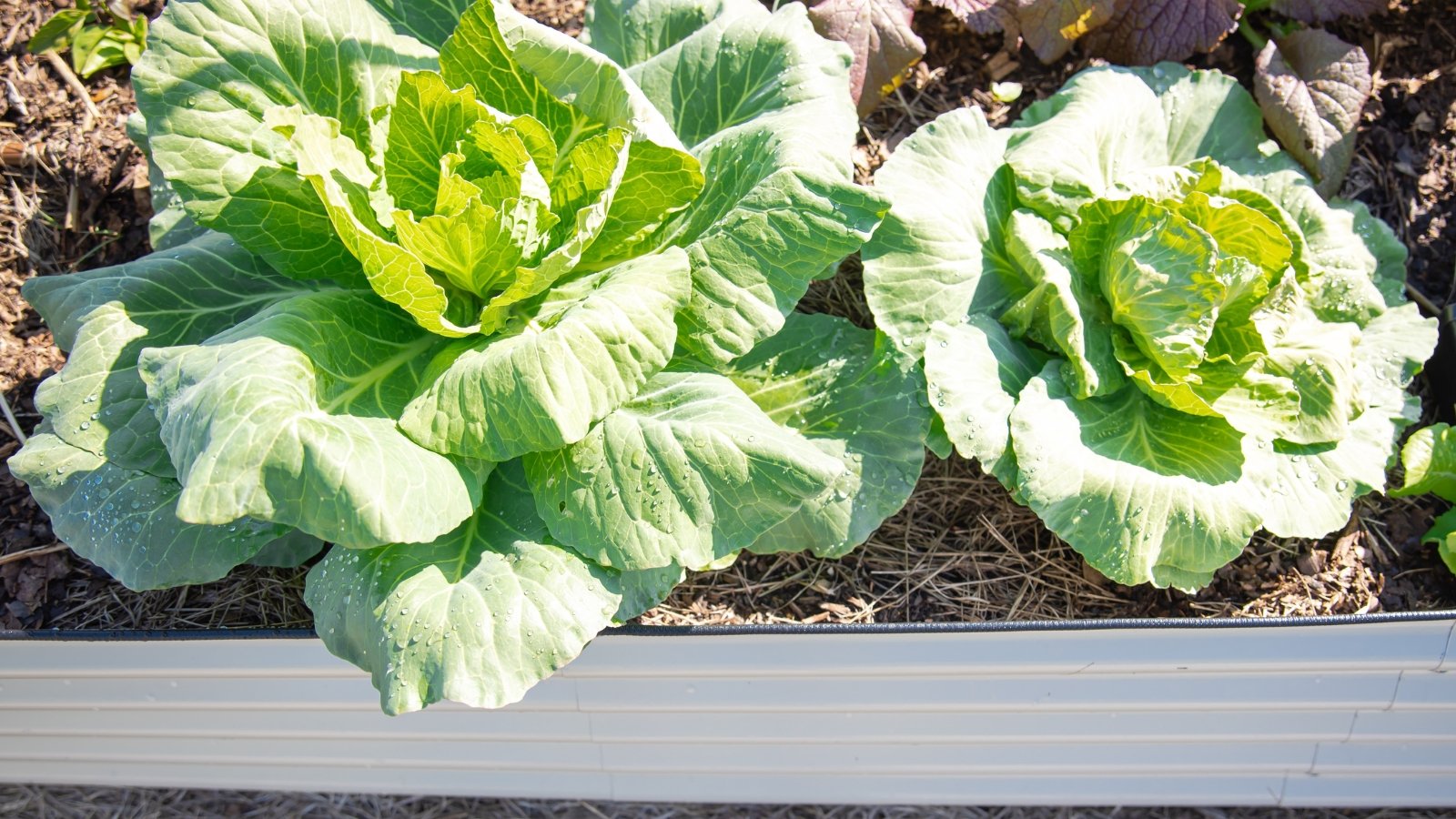
When planting cabbage in a raised bed, consider the size of the fully mature plant. Spacing between cabbages is the most important consideration. This will help make maximum use of the raised bed space. Additionally, small seedlings can be deceptive. Cabbage grows wide and close to the ground, with some varieties reaching up to 24 inches wide! Generally speaking, you’ll want Space seedlings 12 to 18 inches apart. Check your seed packet for information on fully mature size, plant spacing guidelines, and transplanting accordingly.
Interplanting is another excellent design option. Grow these brassicas around the edge of a raised bed with taller plants growing in the center. Or alternate with lettuce to take up space between the cabbages while they are small. The head lettuce will be harvested just when the cabbages begin to grow and fill in the gaps. This will help keep the soil covered, which helps retain moisture.
Although most cabbages grow to be quite large, there are smaller varieties that produce compact heads such as ‘Caraflex’ That can help maximize your space. Caraflex cabbage grows up to nine inches tall and four inches wide. Each small cabbage weighs between one and a half to two pounds. No matter the size of your raised bed, there is a cabbage for you.
Modify the ground
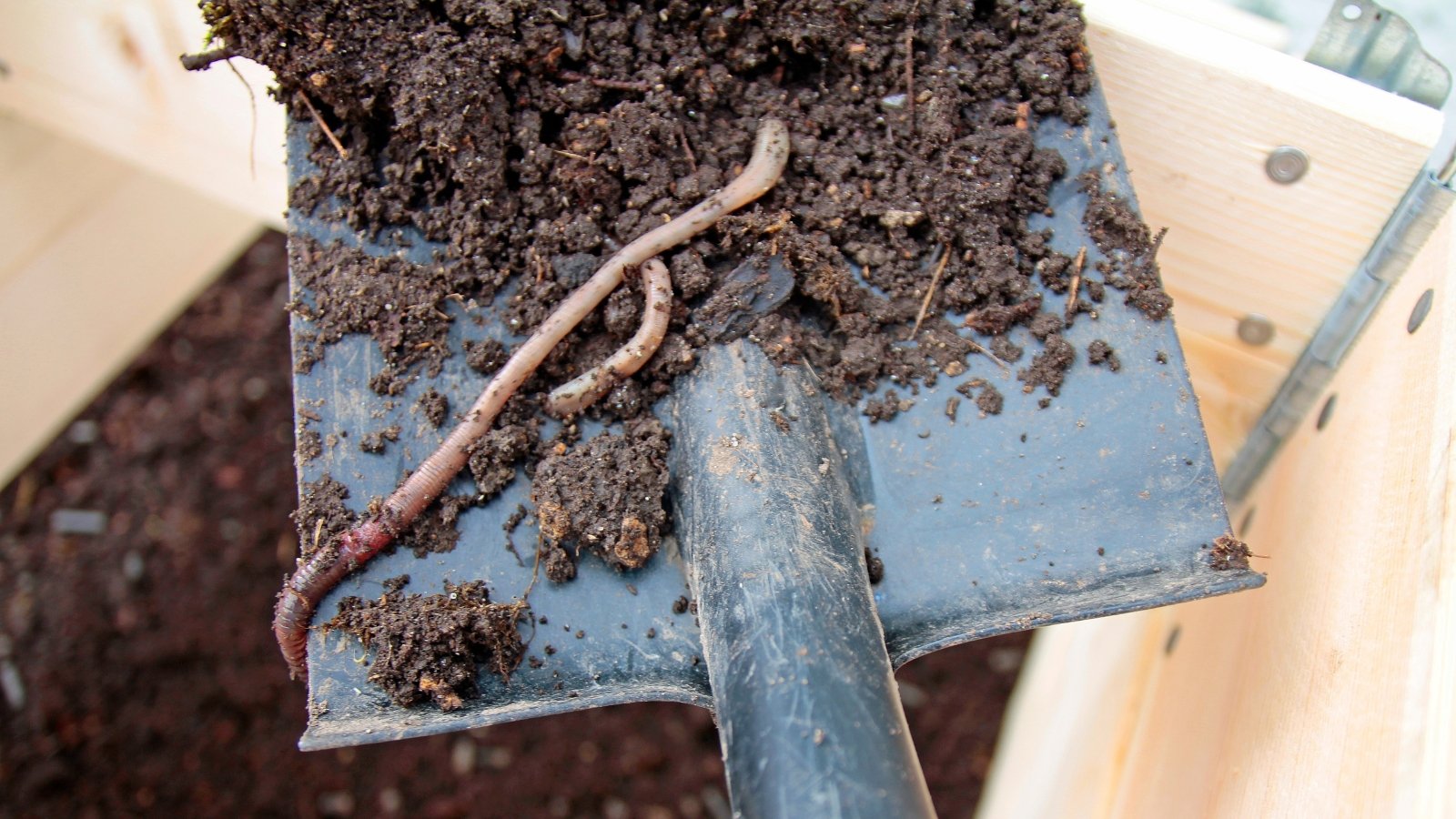
These brassicas require well-drained soil rich in organic matter. Cabbage is a heavy feeder and a large amount of organic matter provides the nutrients these plants need. It also helps retain moisture and cabbages love constantly moist soil. This is easy to achieve with a raised bed.
Fill your beds with a high-quality soil mix that contains a healthy dose of compost or other organic matter. Or make your own soil mix using equal parts compost, perlite, and coconut fiber. Filling your raised bed for the first time? Consider using the huge culture method. When using the huge culture method, be sure to think about the depth of the final layer of soil. Cabbage has relatively shallow roots and needs a soil depth of at least 12 to 18 inches.
Choose Companion Plants
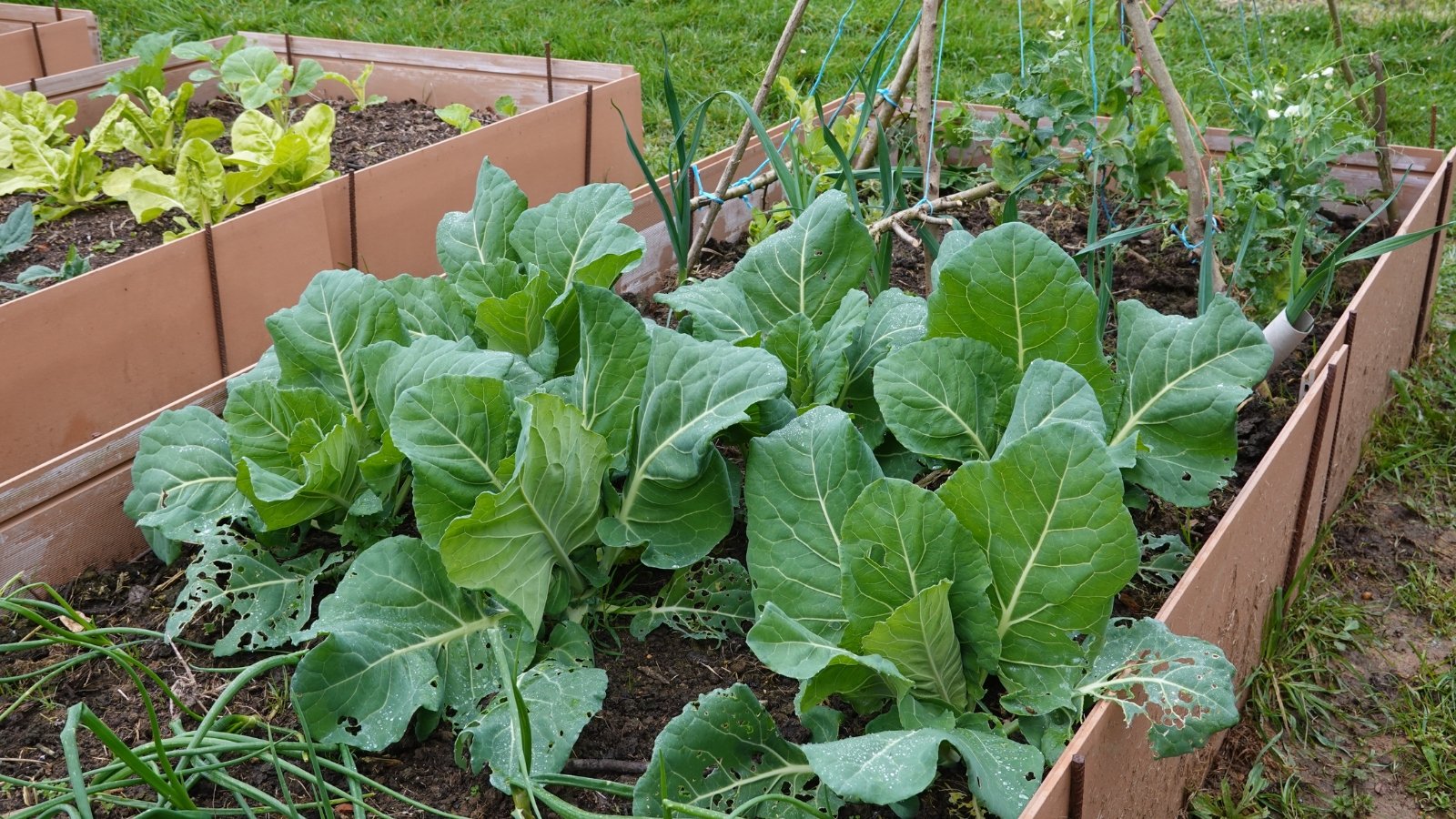
Like most garden plants, cabbage can benefit greatly from companion plants. Carrots and beets loosen the soil around cabbage plants. These cool season root crops grow during the same season as cabbage. Since carrots and beets don’t take up much above-ground space, they are easy to plant between cabbage plants.
Companion plants are also Used for their ability to repel pests.. Celery, onion, garlic, arugula, thyme, sage, marigolds, and nasturtium are said to repel common cabbage pests. Celery is said to repel cabbage moths. Onions and garlic repel cabbage moths, cabbage ticks, aphids, and even rabbits! Arugula is a trap crop for flea beetles. The aroma of thyme and sage repels cabbage moths. Marigolds and nasturtiums repel moths and cabbage worms, attract pollinators to your garden, and are also edible.
Moment
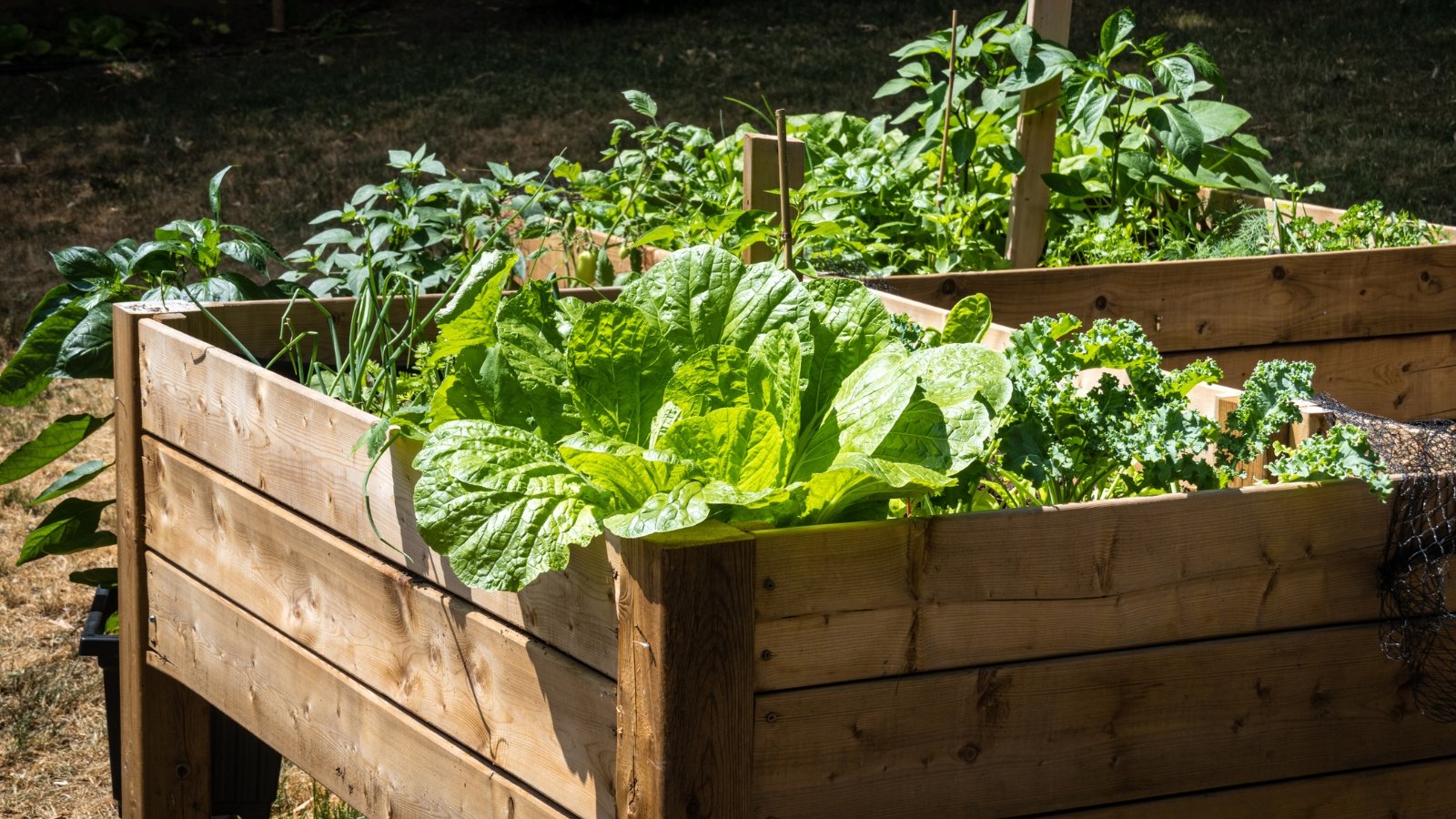
Cabbages prefer full sun, but do not like heat. It is best to start growing cabbages during the colder seasons of spring and fall. In spring, start sowing cabbage seeds indoors. six to eight weeks before the last frost date. Plan to transplant these seedlings outdoors two to four weeks before the last frost date. This helps many gardeners alleviate the desire to plant seedlings weeks before warm weather crops such as tomatoes, peppers and eggplants can be transplanted.
In temperate climates, start a second round of cabbage in the fall and grow throughout the winter. Sow these seeds directly outdoors 10 to 12 weeks before the average first frost date. They will germinate quickly in warm summer soil and will experience a growth spurt as the days get shorter and the nights get colder in the fall. Cabbage grown during the summer will have difficulties. These plants will grow larger and produce a single flower stem instead of a large head.
Location, location, location
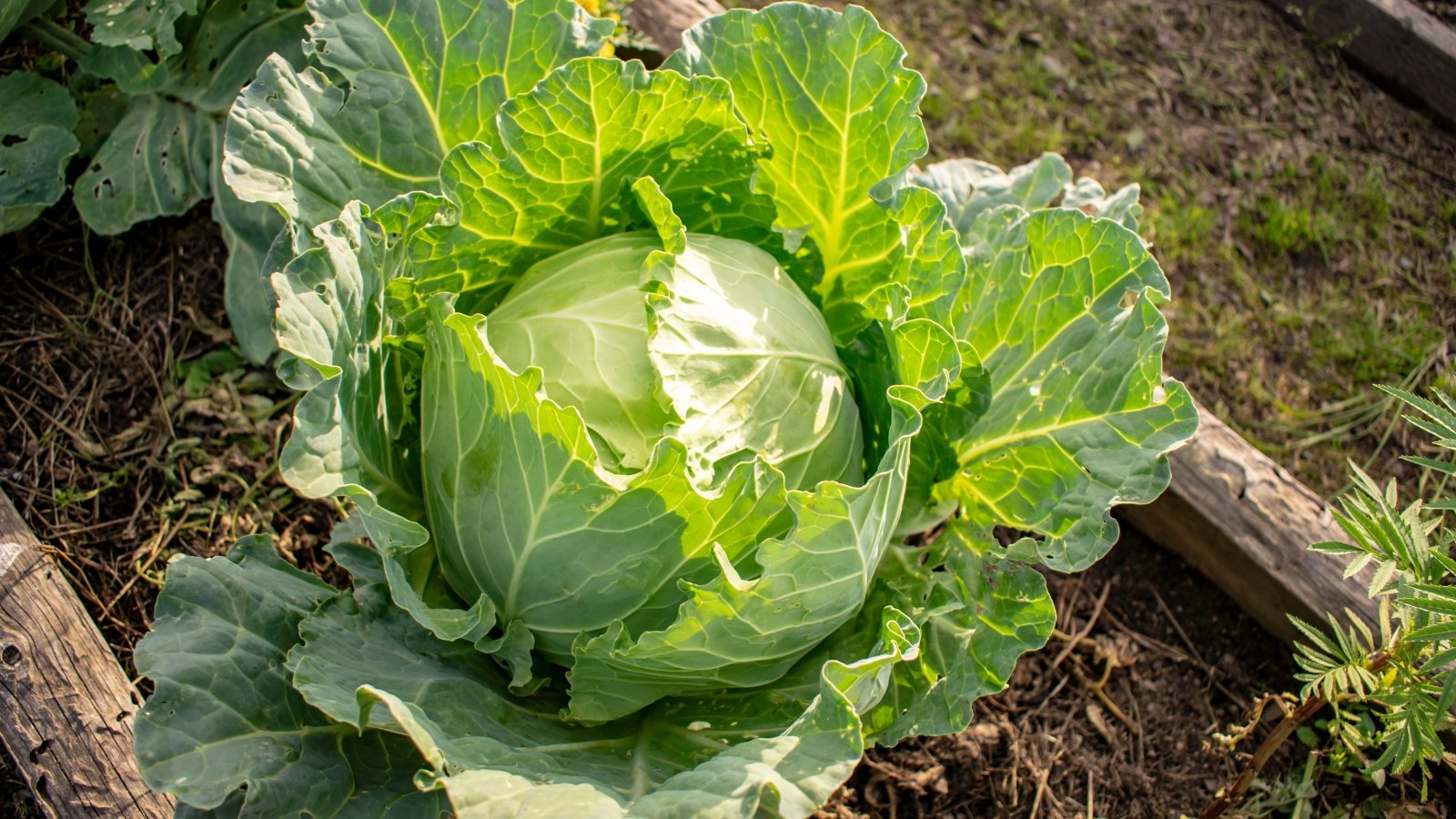
As mentioned above, it is best to grow collards in a full sun environment. This is equivalent to between six and eight hours of sunlight per day. That said, cabbage benefits from partial shade during the heading phase, especially in areas where the weather will already warm in late spring and early summer. In this situation, choose a planting site where they will receive afternoon shade.
For example, I plant my brassicas on the east side of my house, where they receive morning sun and shade during the latter part of the day. Just make sure they get at least six hours of sunlight a day. cabbage what is it grown in too much shade will not form a tight head.
Final thoughts
Cabbage is a Fun and rewarding plant to grow in your garden.. Although it does have some pests, there are tactics, such as companion planting, that can be used to deter them. Plus, cabbages come in almost endless varieties, including a wide range of colors and sizes.
In the kitchen, the sky is the limit! Dishes like sauerkraut greatly extend the shelf life of cabbage, and there’s nothing like homemade coleslaw. Grow cabbages in your raised beds this season; You won’t regret it!




